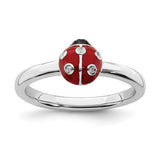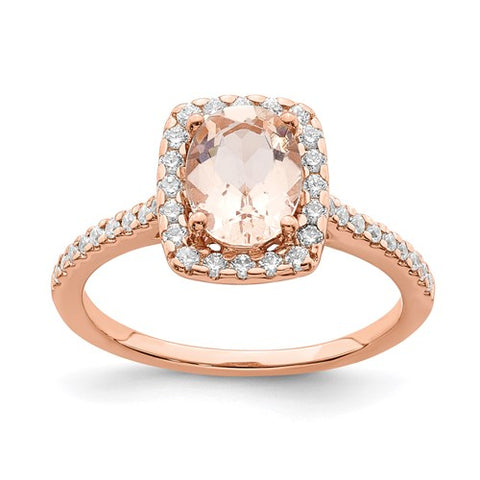Ladybugs are named after the Virgin Mary. There are both male and female ladybugs, so why do we call them “ladies”? According to Oxford Dictionaries, they’re named after one particular lady: the Virgin Mary. One of the most common European ladybugs is the seven-spot ladybug, and its seven marks reminded people of the Virgin Mary’s seven sorrows. Germans even call these insects Marienkäfers, or Mary’s beetles. They also aren’t bugs, they’re beetles!!
They come in a variety of colors that serve as a warning sign to other animals. If you’re an animal, one way to avoid being eaten is to be toxic—or just plain foul-tasting. Many animals produce chemicals that make them taste gross, and they warn predators about their yuckiness with blazing bright colors—sort of like a stop sign or yellow caution tape.
Ladybugs don’t look very aerodynamic. Their colorful domed backs are made of modified wings that are basically hardened armor. Flapping them would get a ladybug nowhere fast. So how do these insects fly?
When a ladybug takes off, it lifts up those protective covers. Underneath is another pair of wings that are slender and perfect for flight. Normally folded for easy storage, they unfold for takeoff.
We associate adult ladybugs with bright summer days—but they’re around even in the depths of winter. They enter a state of rest and cuddle together in groups, often in logs or under leaves.
Ladybugs are universally beloved, and one reason is that they’re a natural (and adorable) form of pest control. They eat plant pests such as aphids, scale bugs, and mealybugs, and they have huge appetites: a single ladybug can eat 5000 aphids across its lifetime.
But many ladybugs supplement their diets with pollen and other plant foods. Some eat vegetation and fungi exclusively. The orange ladybug, for example, munches on mildew. For some, garden plants are on the menu: the Mexican bean beetle dines on beans, and the squash beetle eats squash, cantaloupe, and pumpkin.
We're spreading ladybugs around the globe! Some ladybug species have turned up in parts of the world where they weren’t previously found. They’ve spread in a couple of ways: in some cases, people brought over the insects to combat agricultural pests, and in other cases, the bugs hitchhiked on imported goods.
Weight: 3.32G
Metal: 925 Sterling Silver
Accent: Enamel
Accent Color 1: Black
Accent Color 2: Red
Feature: Solid
Gemstone Type: diamond
Gemstone Size: 0.8 mm
Gemstone Quantity: 5
Gemstone Weight: 0.015 ctw






